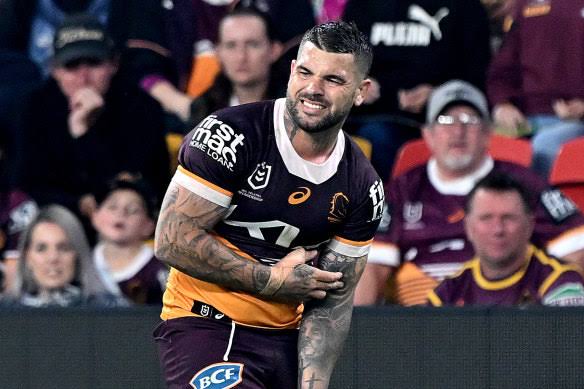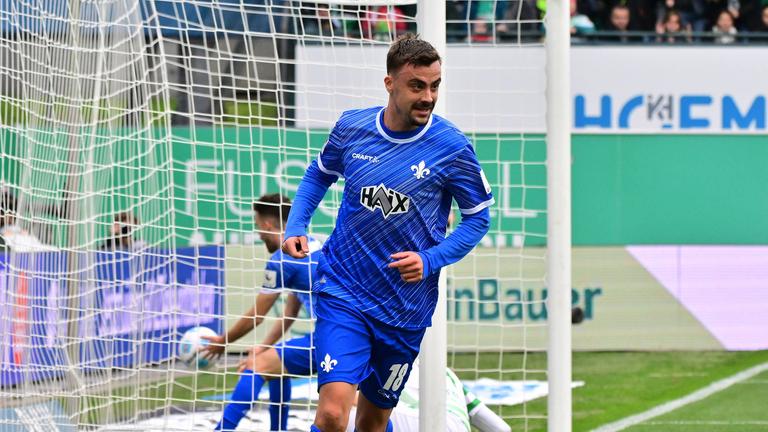
The Brisbane Broncos’ decision to potentially trade their captain signifies a pivotal moment for the club, reflecting strategic considerations and the dynamics of player management in professional rugby league. Such decisions are not taken lightly, often involving a careful balance of team performance, player dynamics, and broader organizational objectives.
For the Broncos, the willingness to trade their captain indicates a calculated move aimed at addressing specific needs within the team. This could include bolstering weaker positions, acquiring new talents, or even managing salary cap constraints. Trade negotiations in rugby league are complex, involving discussions on player value, contractual obligations, and the strategic fit within the team’s playing style and culture.
The captain of a rugby league team holds a unique position of leadership, influencing team morale, on-field decision-making, and off-field dynamics. Trading a captain requires careful consideration of the impact on team cohesion and leadership dynamics. It also signifies the club’s readiness to make bold moves in pursuit of long-term success and competitiveness in the league.
Fans and stakeholders closely watch such developments, as they indicate the club’s direction and commitment to achieving its sporting goals. Ultimately, the decision to trade a captain involves weighing short-term gains against long-term objectives, with the aim of strengthening the team’s position in the highly competitive landscape of rugby league.




